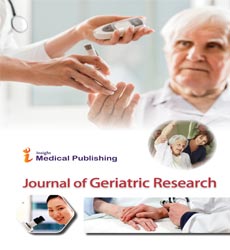Abstract
Age-Associated Molecular Patterns in the Elderly are Tissue-Specific
RNA landscape has dynamically changed with age and substantial changes are associated with aging. Age-associated trends of RNA expression profiles could provide an objective description of the physiological aging process and molecular signatures of aging could be extracted. Unraveling patterns of age-associated changes could help to understand the process of aging. A new statistical method has been developed to extract age-associated patterns from RNA expression profiles of cross-sectional studies. With this method technical differences between studies can be overcome, thus tolerating an age-associated comparison between tissues and different biological groups. The age-associated molecular patterns were found to be different between tissues and tissues may age at different rates. Some tissues may be more resistant to age-associated changes compared with other tissues. In some tissues, like the blood and kidney cortex, major molecular changes are restrained around the mid-seventies, whereas in other tissues, like skeletal muscles and brain cortex, major changes occur first at midlife and secondary during the mid-seventies of age. Incorporating this data into a health care program could be beneficial to improving healthy aging and decisions for clinical acts in the elderly
Author(s): Vered Raz
Abstract | Full-Text | PDF
Share This Article
Google Scholar citation report
Abstracted/Indexed in
- Google Scholar
Open Access Journals
- Aquaculture & Veterinary Science
- Chemistry & Chemical Sciences
- Clinical Sciences
- Engineering
- General Science
- Genetics & Molecular Biology
- Health Care & Nursing
- Immunology & Microbiology
- Materials Science
- Mathematics & Physics
- Medical Sciences
- Neurology & Psychiatry
- Oncology & Cancer Science
- Pharmaceutical Sciences

